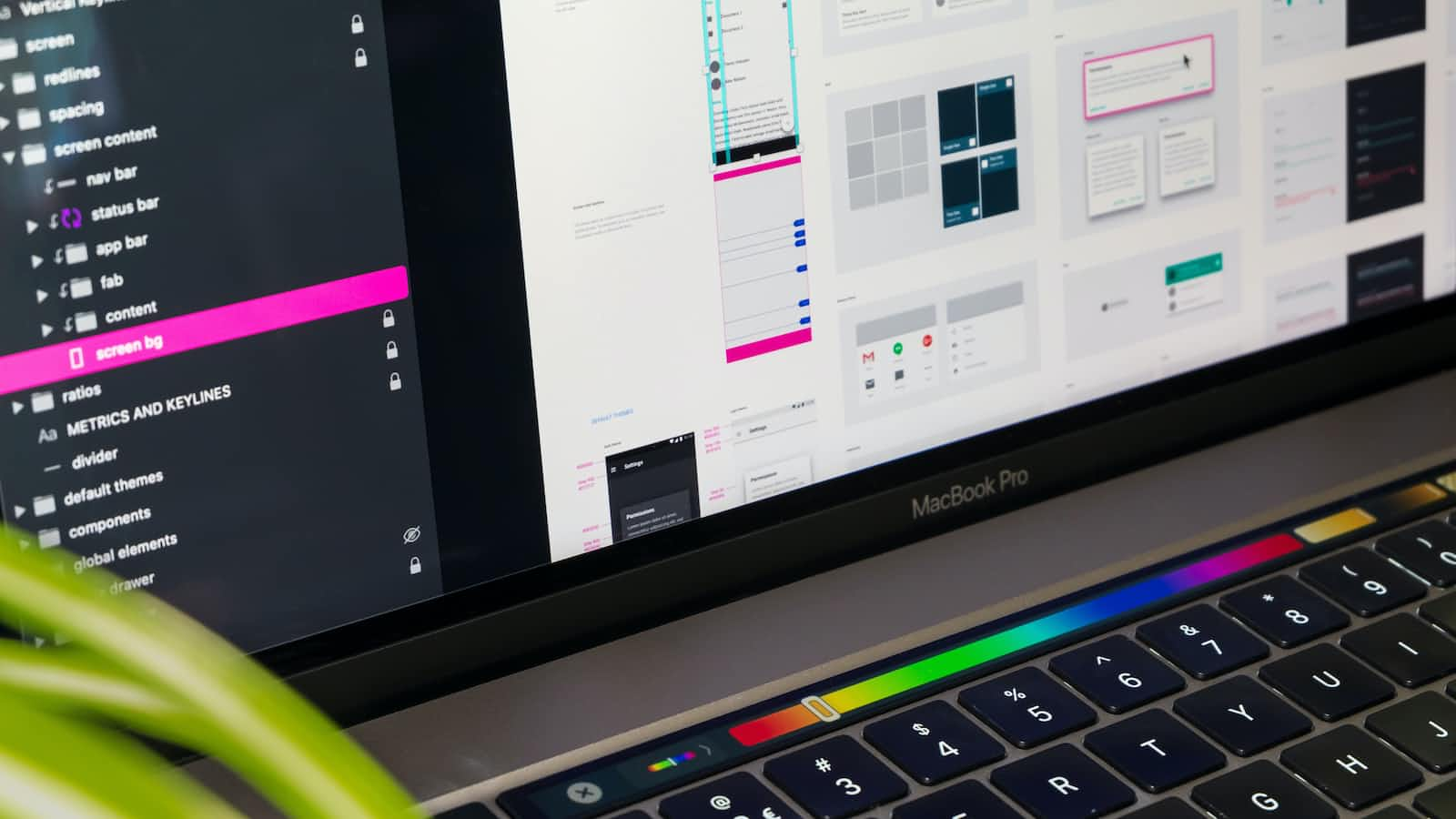A Beginner's Guide to Testing in UX Design for Entry-Level Professionals
 Joshua Ofosu
Joshua OfosuTable of contents

User experience (UX) design plays a crucial role in creating digital products and services that are intuitive and enjoyable for users. One essential aspect of UX design is testing, which helps identify usability issues and gather valuable feedback from users. If you're new to the field of UX design or starting in an entry-level job, this article will guide you through the basics of testing in UX design.
Understanding the Purpose of Testing: At its core, testing in UX design aims to evaluate how users interact with a digital product or service. By observing and analyzing user actions, testers can identify areas for improvement, uncover usability problems, and ensure that the product aligns with user expectations and goals.
Conducting Usability Testing: Usability testing is a common method used to evaluate the intuitiveness and efficiency of a digital product. To get started, define specific tasks for users to perform within the product and observe their interactions. Pay attention to their abilities to complete tasks, any confusion they encounter, and their overall satisfaction.
Gathering Feedback with Surveys: Surveys are an effective way to collect feedback from a larger sample of users. Create simple, concise questionnaires that focus on the user's overall experience, specific features, and suggestions for improvement. Tools like Google Forms or SurveyMonkey can assist in easily creating and analyzing survey results.
A/B Testing for Optimization: A/B testing involves comparing two versions of a digital product or specific elements to determine which performs better. You can test different designs, layouts, copywriting, or even button placements. A/B testing helps enhance conversion rates and informs design decisions based on real user data.
Remote Testing: With the rise of remote work, remote testing has become increasingly popular. Conducting tests online allows for a broader pool of participants and eliminates geographical constraints. Platforms like UserTesting and Maze offer easy-to-use remote testing capabilities.
Eye-Tracking Testing: Eye-tracking technology is used to understand how users visually engage with a digital product. While this method requires advanced tools, it provides valuable insights into user attention, navigation patterns, and areas of interest. However, note that eye-tracking testing might not be accessible for all entry-level positions due to cost and expertise requirements.
Analyzing and Interpreting Results: After conducting tests, it's vital to analyze and interpret the data gathered. Look for patterns, common pain points, and areas that require improvement. Clearly communicate findings to the UX team, suggesting actionable solutions and potential design enhancements.
Testing is an integral part of the UX design process, and entry-level professionals can play a significant role in ensuring user-centric digital products. By understanding the purpose of testing, conducting usability tests, gathering feedback, and leveraging tools like A/B testing or remote testing, you can contribute to creating exceptional user experiences. Remember, mastering testing techniques requires practice and continuous learning, so seize every opportunity to gain hands-on experience in this exciting field.
Subscribe to my newsletter
Read articles from Joshua Ofosu directly inside your inbox. Subscribe to the newsletter, and don't miss out.
Written by

Joshua Ofosu
Joshua Ofosu
👨🏽💻 I am a user-centric UX Engineer skilled in creative problem solving, developing user-friendly products and helping businesses achieve their goals and exceeding their expectations through product design and development. If you are looking to hire a Product Designer to create exceptional user experiences while driving business to success, let's discuss how I can elevate your company and projects. Let's Connect 🎉